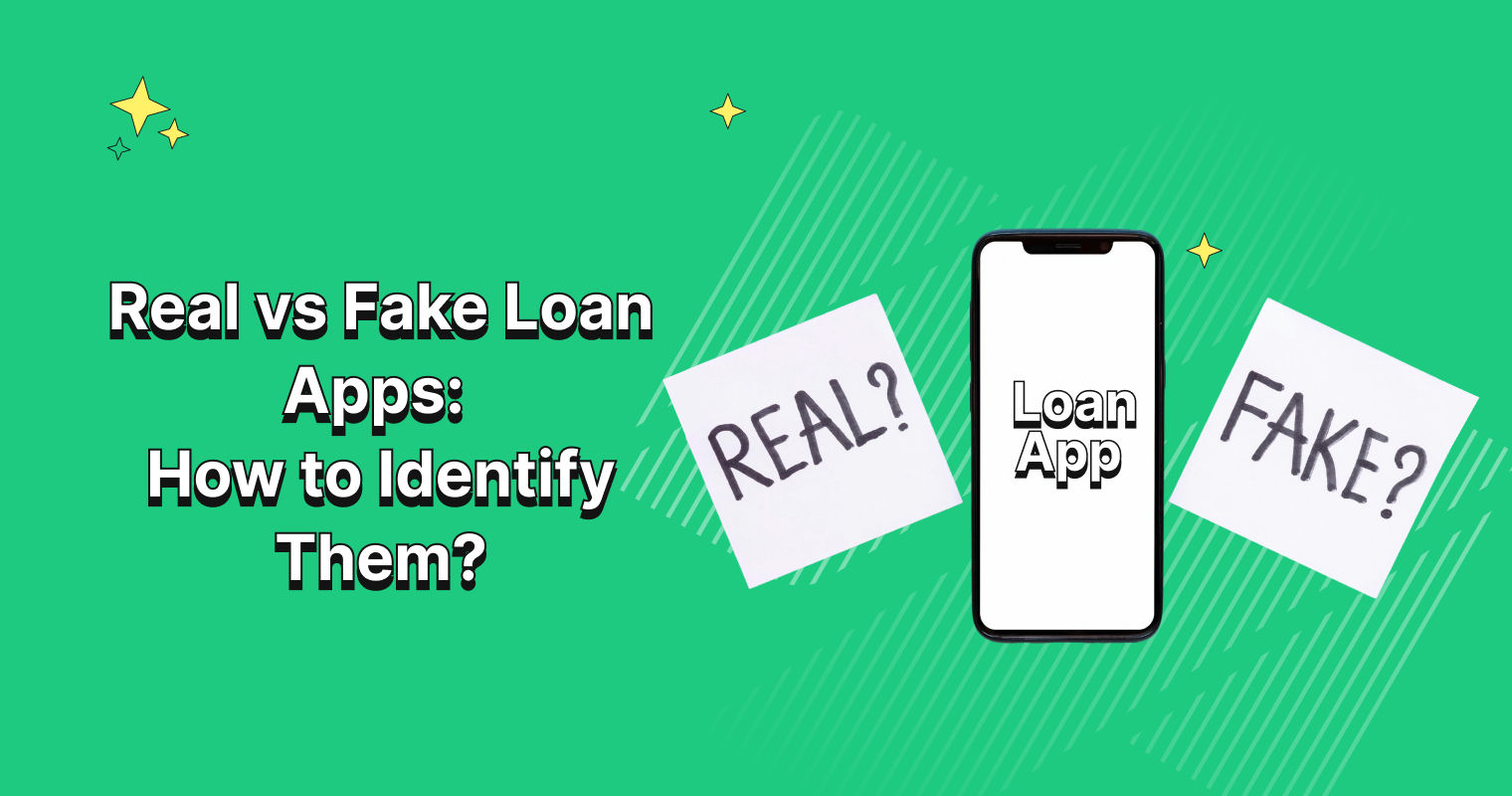
Table of Contents
What Is Best for You? Credit Card Vs Personal Loan
By PocketMitra | June 9, 2025
Choosing between revolving plastic and a one-time lump sum can feel tricky. This guide breaks down the Credit Card Loan and its chief rival, a Personal Loan, so that you can match the right tool to your financial goal without jargon overload.
What Is a Credit Card Loan
A credit-card loan (often called a “credit-card EMI” or “loan on card”) is an instant borrowing facility that your card issuer pre-approves for you. It converts part or all of your available limits into a fixed-term loan:
- Speed: funds appear almost instantly in your account or are billed as EMIs on your card statement.
- Tenor: typically 6-60 months.
- Interest & fees: interest is lower than revolving dues but higher than most instalment loans; processing fees apply.
- Credit limit lock-in: your card limit shrinks by the loan amount until you finish repayment.
Because approval is tied to your existing card history, paperwork is minimal, but you remain dependent on that line’s limit and interest cycle.
What Is a Personal Loan
A standalone installment loan (usually unsecured) that you can use for anything from medical expenses to a destination wedding. Banks, NBFCs, and new-age fintech platforms disburse it directly to your bank account; you repay it in equal monthly instalments over 12 - 84 months.
Key Difference Between Credit Card Loan vs Personal Loan
| Factor | Card Loan | Personal Loan |
|---|---|---|
| Approval speed | Approval speed | Same-day to 3 days (documents + underwriting) |
| Amount ceiling | Capped by card limit | Up to Rs 40 lakh (varies by lender & salary) |
| Interest cost | 29 - 48 % p.a. | 10 - 24 % p.a. (good credit) |
| Repayment style | Fixed EMIs billed on card; limit blocked | Bank-mandate EMIs; no card linkage |
| Prepayment rules | Rarely allowed early | Allowed after 6 - 12 months, sometimes free |
| Impact on utilisation | High card utilisation can hurt score | Independent of credit-card utilisation |
Snapshot
- Flexibility: Card loans suit micro cash gaps, while term loans shine for planned high-ticket needs.
- Discipline: An EMI outside your card keeps revolving spends and loan repayment separate, reducing the temptation to overshoot limits.
Advantages of Taking a Personal Loan
- The lower cost of credit means that the average interest is several percentage points below most on-card offers.
- Larger ticket sizes are useful for consolidating multiple debts or funding a big purchase in one shot.
- Customisable tenor users can choose anywhere between one and seven years to match cash-flow comfort.
- Score-friendly diversifies credit mix and keeps card utilisation ratios healthy.
- Transparent amortisation is a fixed EMI schedule that makes budgeting easier than fluctuating credit card bills.
Why Choose a Personal Loan Instead of a Credit Card Loan
- Budget certainty: A dedicated EMI does not balloon with monthly card swipes and fees.
- Room to negotiate: You can shop around for the Best Personal Loan Offers—banks compete on rates, zero-processing-fee deals, and early-repayment waivers.
- Eligibility boosters: Lenders factor salary credits, debt-to-income ratio, and employment stability so strong applicants can unlock finer pricing.
- Digital convenience: From quick personal loans online to a small loan app without income proof (for select customers with stellar repayment history), today’s fintech ecosystem makes unsecured borrowing friction-free.
- Future borrowing power: Lower card balances preserve credit utilisation, boosting approval odds for larger loans and premium cards down the line.
Personal Loan eligibility
Most mainstream lenders require:
- Indian residents are aged 21 - 60 years.
- Minimum monthly income Rs 15,000 - Rs 25,000 (varies).
- Stable job or business vintage ≥ 2 years.
- Minimum CIBIL score 700+.
Meeting (or exceeding) these checkpoints speeds up approval and unlocks better terms.
Conclusion
A card-based loan is a handy tap-and-go rescue for modest, short-term cash crunches. When you need bigger funding at predictable costs, the instalment route wins. Understanding how each option affects interest expense, credit score, and future borrowing capacity empowers you to pick smartly.
Recap:
- Card loans: lightning fast, but limit-bound and costlier.
- Instalment loans: slower onboarding, but cheaper, bigger, and budget-friendly.
- Always weigh total cost, tenor flexibility, and impact on credit utilisation before hitting “Apply”.
FAQs
Will Personal Loans Impact my Credit Score?
Yes. Timely repayments can raise your score; missed EMIs will hurt it. The additional credit line also improves the credit mix.
Is it better to take a Credit Card Loan or a Personal Loan?
For less than three months of expenses, and when speed trumps cost, a card loan works. For anything longer or larger, a personal loan’s lower rate usually wins.
Is a Credit Card Loan Considered a term Loan?
Technically, yes—it is a fixed-tenor loan booked against your card limit, not revolving credit.
What is the benefit of a personal loan?
The main benefit is access to lump-sum funds at comparatively low unsecured rates, repayable in affordable, fixed EMIs.



